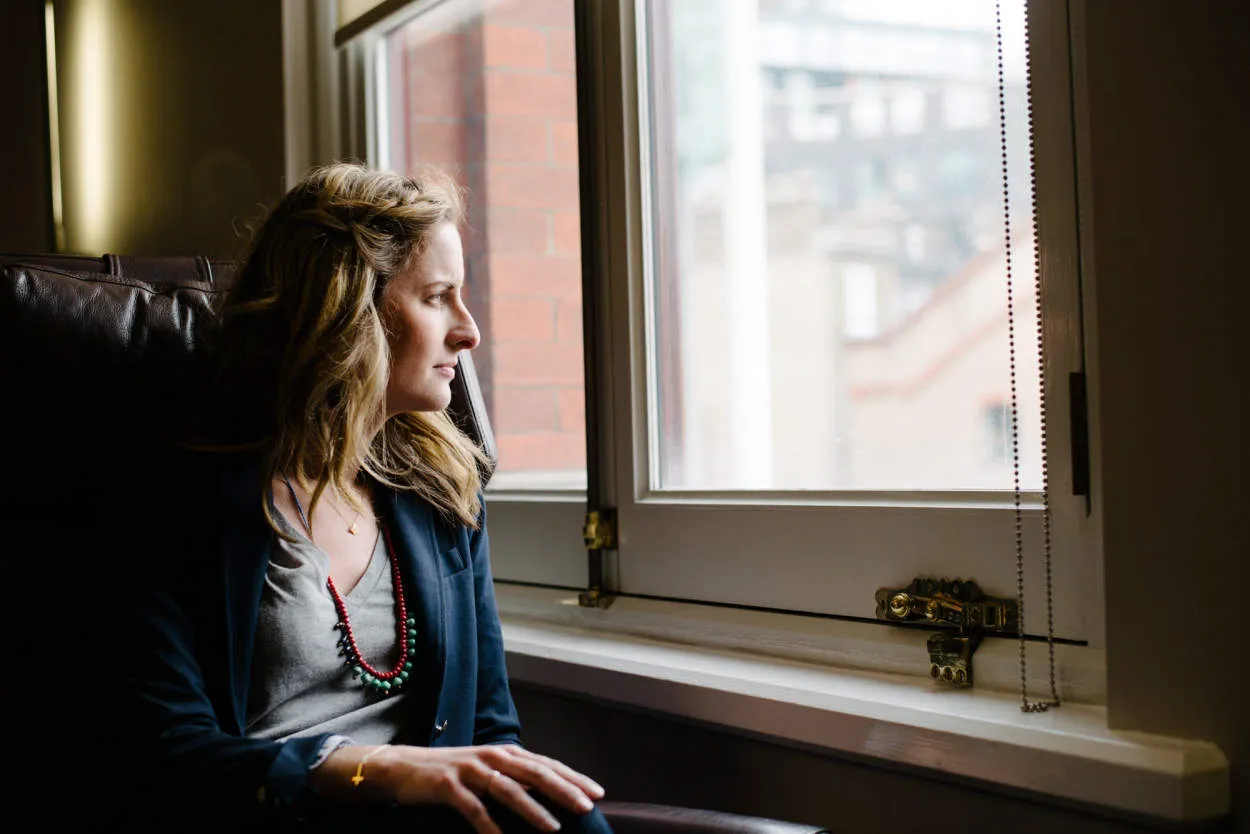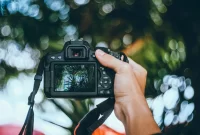Do you want to take stunning indoor photos using natural light? Look no further! In this article, we will guide you on how to effectively utilize natural light to capture amazing indoor shots. Whether you’re a beginner or an experienced photographer, these tips and tricks will help elevate your photography skills to the next level.
Understanding the Importance of Natural Light
Natural light plays a crucial role in capturing stunning indoor photos. It can create a beautiful and natural atmosphere, enhance the colors, and bring out the true essence of the subject. Here, we will explore why natural light is essential and how to make the most of it for amazing indoor photography.
1. Enhancing Mood and Atmosphere
Natural light has a unique ability to set the mood and create a captivating atmosphere in indoor photos. Whether it’s the soft glow of morning light or the warm golden hour in the late afternoon, utilizing natural light can evoke emotions and add depth to your images.
2. Revealing True Colors
No artificial lighting source can replicate the pure and vibrant colors that natural light brings. It has the power to enhance the richness and accuracy of colors, making your photos look more lifelike and visually appealing.
3. Creating Depth and Dimension
Natural light can also help create depth and dimension in indoor photography. By playing with the intensity and direction of light, you can highlight certain areas, create shadows, and add interesting textures, resulting in more dynamic and engaging images.
4. Emphasizing Realness and Authenticity
Using natural light can add a sense of authenticity and realism to your indoor photos. It brings out the natural features and details of your subject without the harshness that artificial lighting can sometimes create, resulting in a more genuine and visually appealing image.
5. How to Utilize Natural Light for Indoor Photos
To make the most of natural light, consider the direction, intensity, and quality of light. Position your subject near a window or an open door to allow ample light to illuminate your scene. Experiment with different times of the day to harness different qualities of light.
Avoid harsh midday sunlight as it can create strong shadows and wash out colors. Instead, opt for softer light during the golden hours, early morning, or late afternoon. You can also manipulate the light by using curtains or diffusers to soften or direct it as desired.
Remember, every indoor space is unique, so it’s essential to experiment and adapt your approach to make the most of the available natural light.
Positioning and Utilizing Window Light
When it comes to indoor photography, natural light can be your best friend. One of the most effective ways to utilize natural light indoors is by positioning yourself and your subject near a window.
1. Find the Right Window
Look for a window that allows ample sunlight to enter the room. South-facing windows tend to provide the best light throughout the day.
2. Control the Light
You can control the intensity of the light by using sheer curtains or blinds. This will help soften the light and create a more flattering effect on your subject.
3. Determine the Best Angle
Experiment with different angles to find the most flattering light. Try positioning your subject facing the window, at an angle to the window, or with the light coming from the side.
4. Use Reflectors
If the light is too harsh or uneven, try using reflectors to bounce the light back onto your subject. You can use white foam boards or professional reflectors to achieve a more balanced lighting.
5. Avoid Direct Sunlight
Avoid positioning your subject directly under harsh sunlight as it can create unflattering shadows and highlights. Look for softer, diffused light instead.
6. Be Mindful of the Time
The quality of natural light changes throughout the day. Pay attention to the time of day when the light is the most pleasing and experiment with different lighting conditions.
By positioning yourself and your subject near a window, controlling the light, and experimenting with angles and reflectors, you can make the most of natural light for amazing indoor photos. Keep in mind that every indoor space and lighting situation is different, so don’t be afraid to experiment and find what works best for you.
Using Reflectors and Diffusers
When it comes to indoor photography, utilizing natural light effectively can make a huge difference in the outcome of your photos. While artificial lighting equipment can be useful, there’s a certain quality to natural light that can’t be replicated. One technique photographers often use to enhance natural light is the use of reflectors and diffusers.
A reflector is a tool that helps bounce light back onto your subject. It can be made of various materials, such as foam, fabric, or metal, and comes in different colors to create different effects. By positioning a reflector opposite to the light source, you can fill in shadows and create a more balanced lighting situation.
On the other hand, a diffuser works by softening the light. It reduces harsh shadows and creates a more even distribution of light on your subject. Diffusers are typically made of translucent materials, such as fabric or plastic, and can be placed between your subject and the light source. This softens the light and produces a flattering illumination.
Both reflectors and diffusers are versatile tools that can be used in various ways depending on the desired effect. For example, if you’re shooting portraits, using a reflector to bounce light onto the subject’s face can help reduce under-eye shadows and create a more pleasing result. On the other hand, if you’re capturing still life images, diffusing the light can help create a soft and even illumination on the subject.
Experimenting with reflectors and diffusers in different lighting conditions and setups is key to understanding their potential. Whether you’re shooting indoors with a window as your light source or utilizing natural light from multiple directions, these tools can help you make the most of available light and achieve stunning results.
Creating High-Quality Indoor Portraits
Indoor photography can be a challenge, but with the right techniques, you can capture amazing portraits using natural light. Here are some tips to help you achieve high-quality indoor portraits:
-
Find the best light source: Look for large windows or doors that let in plenty of natural light. Position your subject near this light source to create beautiful, soft lighting.
-
Avoid overhead lighting: Direct overhead lighting can create unflattering shadows on your subject’s face. Instead, opt for side lighting or diffused light to achieve a more even, flattering effect.
-
Use reflectors: If the light is too harsh or you want to fill in shadows, use a reflector to bounce light back onto your subject. You can create a DIY reflector using a white foam board or purchase a professional reflector.
-
Experiment with angles: Don’t be afraid to move around and try different angles. Capture your subject from different perspectives to add variety and interest to your portraits.
-
Consider the background: Pay attention to the background of your indoor portraits. Choose a clean, uncluttered background that doesn’t distract from the main subject. Simple backdrops or textured walls can work well.
-
Adjust white balance: Different light sources can give a different color cast to your photos. In post-processing, adjust the white balance to ensure accurate colors in your indoor portraits.
-
Engage and direct your subject: Creating a connection with your subject is crucial for capturing authentic and compelling portraits. Make them feel comfortable and guide them through poses and expressions.
With these tips, you can enhance your indoor portrait photography skills and capture stunning images using natural light. Remember to practice and experiment to find your own style and techniques. Happy shooting!
Conclusion
In conclusion, harnessing natural light is key to capturing stunning indoor photos. By understanding the characteristics of light, utilizing diffusers and reflectors, and positioning subjects strategically, photographers can elevate their images to a whole new level. Embracing natural light not only produces visually pleasing results, but also allows for a more organic and authentic feel in indoor photography.




